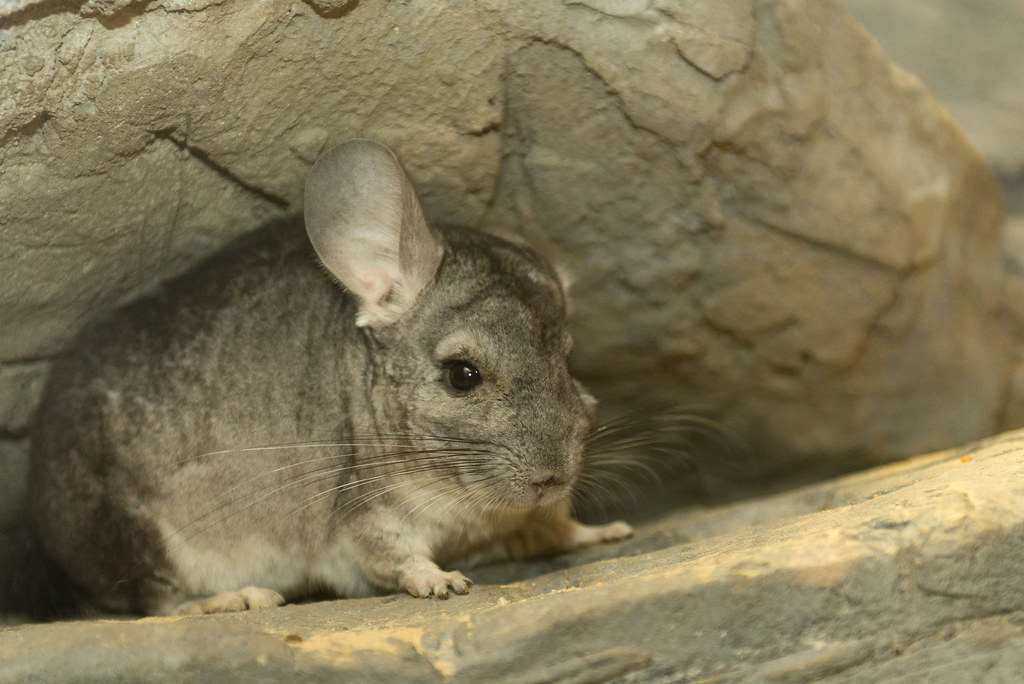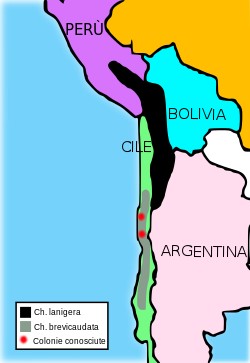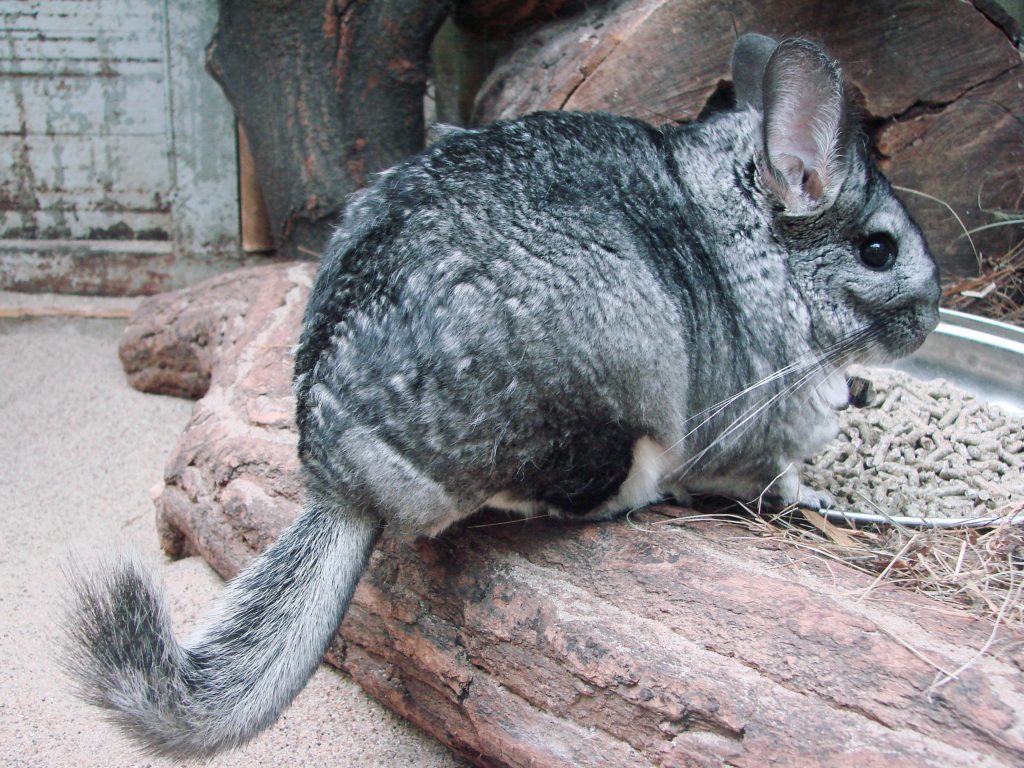
We decided to roll out an episode on one of the cutest animals on the planet, but one that is often forgotten. The Chinchilla brings a smile to anyone’s face, but has a conservation story many are not aware of. In the early 1900s, the Chinchilla almost went extinct, prized for its fur. We talk about how the two species of Chinchilla are still hanging on in South America. We also talk about how Chinchillas have become a beloved pet for many.
Chinchilla History
Rodent’s were some of the earliest, and still successful mammals found on Earth. Around 70 million years ago, the rodents began to evolve. It was around 40 million years ago, when the earliest rodents traveled to South America via Africa. Scientists believe these rodents were ferried across the ocean on rafts of vegetation. They estimate it was only a 1-2 week trip. It was these ancestors that gave rise to the Chinchilla. Over millions of years, Chinchillas have evolved to survive and thrive high in the Andes mountains. It was not until Europeans settled the continent, did the Chinchilla begin to suffer its decline.
Today there are two species of Chinchilla.
They both are from the Chinchillidae family. The Viscaches is the other rodent part of the Chinchillidae family.
Chinchilla Physiology
Chinchillas are prized for their ultra soft fur. In fact, many Chinchillas are still farmed today throughout the world. Per hair follicle, a Chinchilla is thought to have 60 to 90 hairs. Whereas, humans we only have one hair per hair follicle. This fur is the Chinchillas way of staying warm and alive high in the Andes mountains. Other cool facts of Chinchilla’s include:
- They can hop up to 6 feet (1.8 m) in the air
- They survive on a diet of grain, grasses, fruits and sometimes insects
- They sit on their haunches while they eat, holding the food in their hands
- They can live up to 20 years under human care
- They take dust baths to keep off parasites and help their skin
Chinchillas are a prey item for raptors, cats, dogs, and even snakes. They have two main defenses. They will shoot out urine as one. Or they also do what is a called a fur slip. They will release a mass of fur when caught or frightened.
Chinchilla Conservation
Both species of Chinchillas are considered Endangered. While the long-tailed Chinchilla once roamed as far north as Peru, today both species are found only in Chile. The long-tailed Chinchilla population is estimated at only 500 animals. The population of the short tailed Chinchilla is unknown.
Outside of the Arctic, the Andes are the next biome under severe threat of climate change. The article referencing these changes can be found HERE




